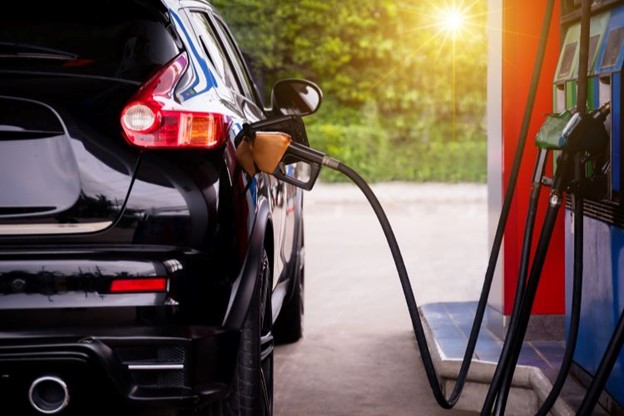As the chill of winter fades away and the sun begins to warm the air, many drivers notice a peculiar change in their vehicle's behavior: a shift in fuel economy. It's a common phenomenon that might leave you scratching your head, wondering why your trusty vehicle seems to be sipping more fuel as the temperatures rise. Let's delve into the reasons behind this seasonal shift in fuel efficiency.
The Science of Fuel Economy and Temperature - To understand the relationship between fuel economy and warmer weather, it's essential to consider the science behind how your car operates. Several factors come into play, each influencing how efficiently your vehicle uses fuel.
Fuel Combustion Efficiency: Modern engines are finely tuned machines designed to operate optimally within a specific temperature range. In colder weather, it takes more energy for your engine to reach its ideal operating temperature. This means your vehicle may consume more fuel during warm-up, especially for shorter trips.
Air Density and Aerodynamics: Warmer air is less dense than cold air, affecting how much resistance your car encounters as it moves forward. This reduced air density leads to improved aerodynamics, requiring less effort from your engine to maintain speed.
Tire Pressure: Cold temperatures cause tire pressure to drop, and underinflated tires can reduce fuel efficiency. As the weather warms up, tire pressure tends to stabilize or increase, improving rolling resistance and fuel economy.
Engine Lubrication: Oil viscosity changes with temperature, affecting how smoothly your engine runs. In colder weather, thicker oil is needed for proper lubrication, which can slightly decrease fuel efficiency. In warmer temperatures, thinner oil can be used, reducing friction and improving efficiency.
How Weather Affects Driving Behavior - Aside from the technical aspects of your vehicle, warmer weather can also influence your driving habits and the conditions in which you drive. Here's how:
Air Conditioning Usage: As the mercury rises, so does the temptation to blast the air conditioning. Running the AC puts an extra load on your engine, leading to increased fuel consumption.
Warmer Roads: Melting snow and ice mean cleaner, drier roads. This can lead to smoother driving conditions, allowing you to maintain a more consistent speed, which can improve fuel efficiency.
Longer Days and More Trips: With longer daylight hours and milder temperatures, you might find yourself taking more leisurely drives or embarking on road trips. Increased mileage naturally affects fuel consumption.
Conclusion - As winter bids farewell and the warmer months beckon, it's natural for your vehicle’s fuel economy to undergo a shift. Understanding the science behind this change can help you make informed decisions to maximize efficiency.
So, the next time you notice your fuel gauge dropping a bit faster in the spring sunshine, rest assured that it's all part of the seasonal dance between your car and the weather. By staying proactive and being aware of how weather affects your vehicle's performance, you can better navigate the changing seasons and ensure your vehicle runs smoothly throughout the year.
Got questions or need some car TLC? Give us a call at 707-442-4556 or set up an appointment online at www.oldtownauto.com
Happy and safe driving,
The Old Town Auto Service Team

